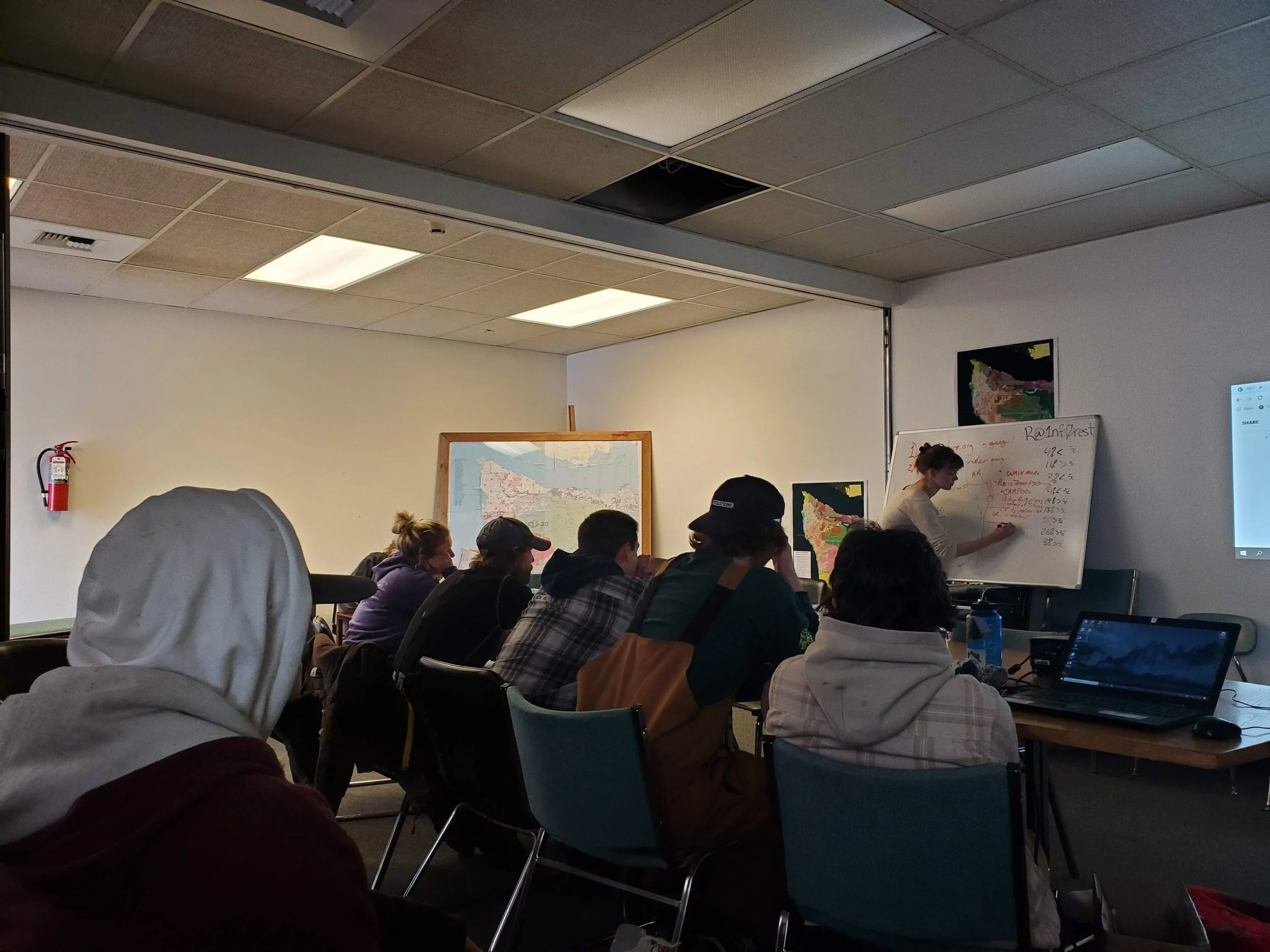Invasive Species
Invasive species prevention, monitoring, and management should ideally be integrated into all landscape and project design and management, but is at best an afterthought in most programs and projects. Early Detection/Rapid Response programs that build upon existing projects, coordinate between watersheds and across ownership boundaries, provide local jobs, and educate and engage the public and policymakers, are critical to the ultimate success of restoration and conservation efforts, by ending new invasions of invasive species and working more efficiently to eliminate existing populations. What is required is an invasive species response infrastructure that incorporates their prevention and control into every aspect of landscape management. The Institute is working to advance these goals through program development and education of policy makers – and by modeling the practices that result in effective prevention and control.
Watershed and Site-Scale Programs:
Early Detection/Rapid Response Practices
A rising tide of Eurasian species are invading riparian, wetland, and aquatic habitats on the Olympic Peninsula of Washington state. With aggressive reproduction strategies, no natural enemies, these species are generalists able to thrive in a variety of different habitats. In the dynamic migrating and flood-prone rivers of the Olympic Peninsula’s temperate forested watersheds, these species replace entire native plant communities, causing the loss of important physical habitat components and chemical and biological functions.
Introduced accidentally or intentionally, many species are introduced by forestry, agriculture, residential development and landscaping, recreation, transportation, and even well-intentioned restoration projects. Seeds and root or stem fragments are floated in water, carried on the wind, deposited by birds and animals, and moved in gravel, soil, on equipment, vehicles and by feet across watershed boundaries along roads and trails, and down rivers and streams. The largely undeveloped watersheds on the outer coast of the Olympic Peninsula are especially vulnerable in the face of a changing climate – where constant channel migration, scour and deposition of sediments and fluctuating flows expose bare sediments that provide ideal conditions for invasion by non-native plants. If not prevented from establishing, these invasive species will survive and thrive while native species are increasingly stressed.
The Institute is adapting the Hoh River project methodologies to model Early Detection/Rapid Response (ED/RR) practices for preventing and managing other invasive species that will fundamentally alter native ecosystems. Protocols appropriate to different sites and watershed-scale are being developed for a range of species, with specific guidance for forestry, gravel and rock mines, transportation corridors, recreation access points, and restoration project design and implementation.
ED/RR Spotted Jewelweed Noxious Weed Alert
Prevention and Control of Reed Canarygrass
Call us for assistance in developing an effective prevention or control project in your watershed or at your site.
For examples, see:
Contact us for more information about:
Knotweed and Reed Canarygrass in the Upper Quinault Watershed
Tansy Ragwort in the Lower Queets Watershed
Best Management Practices for Critical Areas and Shoreline Buffers
Community Education





